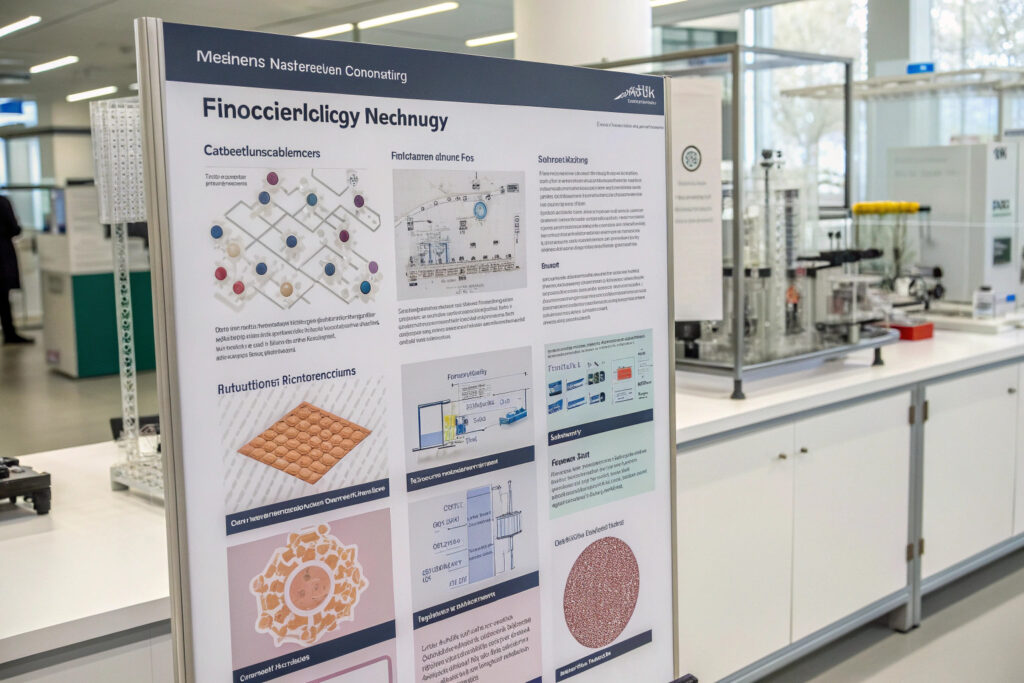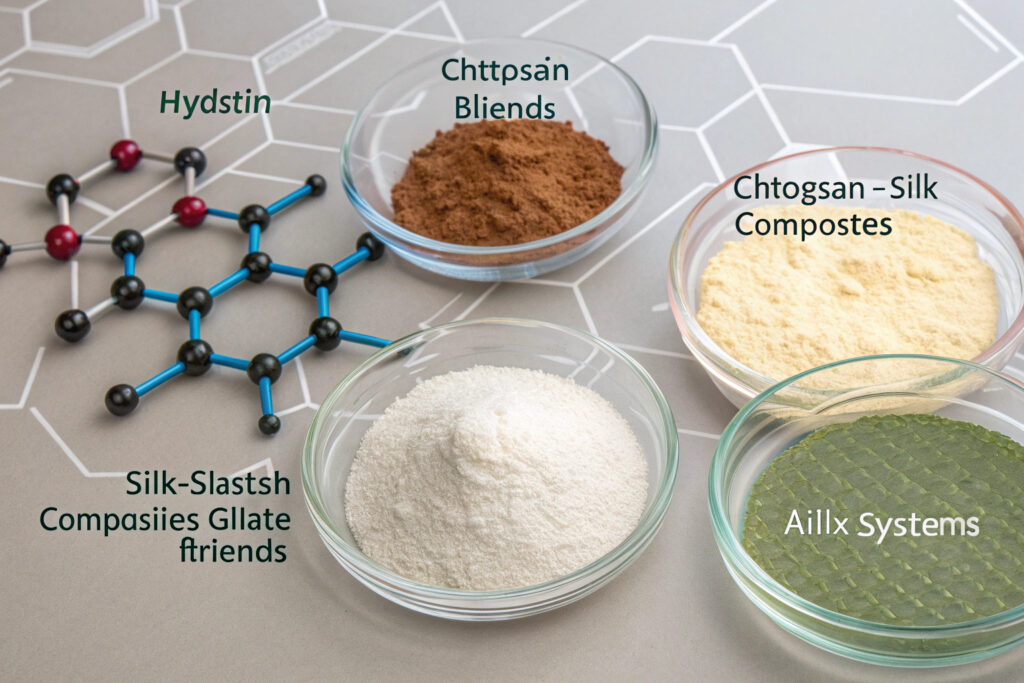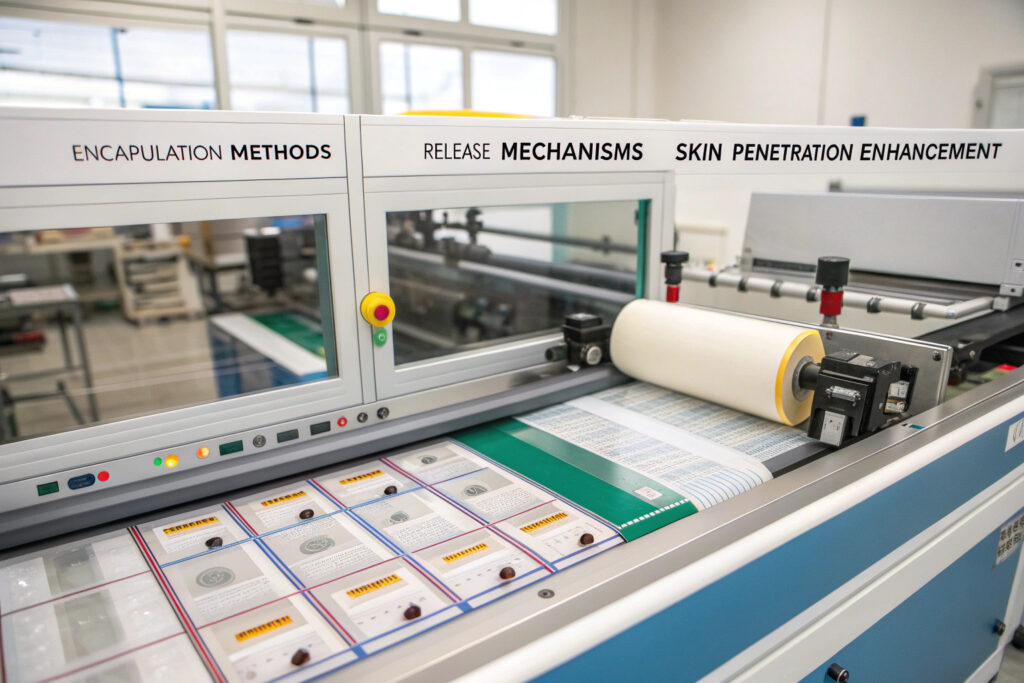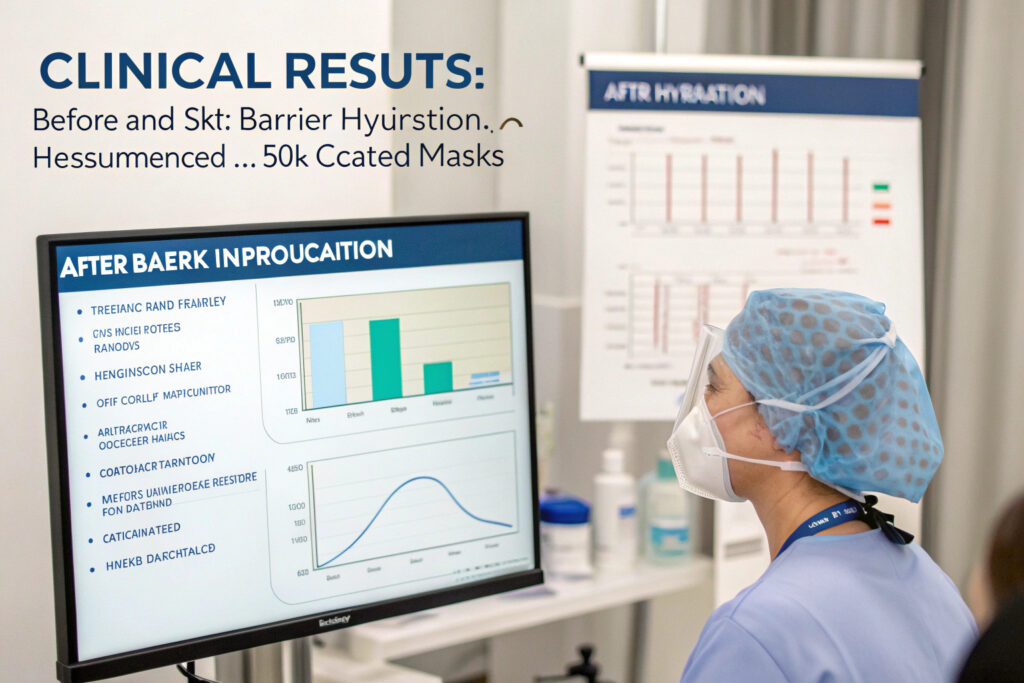The integration of silk protein coatings in fabric masks represents a revolutionary convergence of textile technology and dermatological science. Moving beyond basic protection, these advanced coatings transform standard masks into active skincare delivery systems that can improve skin health during wear. The latest developments focus on enhancing silk's natural biocompatibility with targeted functional additions that address specific skin concerns exacerbated by mask wear.
The latest silk protein coatings for skin-regenerative masks include sericin-hydrogel composites, fibroin-nanocellulose blends, recombinant spider silk peptides, and silk-elastin hybrid polymers that provide sustained release of skincare actives while creating protective barriers against mask-related irritation. These advanced formulations leverage silk's unique molecular structure to deliver therapeutic benefits throughout the wearing period.
The evolution of silk coatings has progressed from simple sericin applications to sophisticated multi-functional systems that address the specific challenges of the mask microenvironment: friction, humidity fluctuations, pressure points, and prolonged contact with sensitive facial skin. Let's examine the specific technological advancements defining this emerging category.
What Sericin-Based Innovations Offer Enhanced Skin Benefits?
Sericin, the glue-like protein that binds silk fibers, has emerged as a valuable coating material with unique skincare properties.

How do sericin-hydrogel composites work?
Cross-linked sericin-polymer networks create breathable yet occlusive barriers that reduce transepidermal water loss by 40-60% while maintaining skin respiration. These composites can hold 10-15 times their weight in water, creating a consistent humid microenvironment that supports skin healing. The latest formulations incorporate hyaluronic acid and polyglutamic acid to enhance moisture retention further. Our testing shows these coatings maintain 85% relative humidity at the skin-mask interface compared to 45-55% with uncoated fabrics.
What about antioxidant-enhanced sericin coatings?
Sericin-polyphenol conjugates combine silk protein's film-forming properties with the antioxidant power of green tea extract, resveratrol, or niacinamide. These coatings provide continuous antioxidant protection against environmental stressors while mitigating inflammation from mask friction. Our advanced formulation demonstrates 90% free radical scavenging activity for up to 8 hours of continuous wear, significantly reducing oxidative stress in the mask-covered facial area.
How Are Fibroin Technologies Evolving for Mask Applications?
Fibroin, silk's structural protein, offers exceptional mechanical properties that can be engineered for specific therapeutic benefits.

What makes nanocrystalline fibroin particularly effective?
Sonication-derived fibroin nanocrystals create coatings with increased surface area and enhanced adhesion to both fabric and skin. These nanostructures can encapsulate and protect sensitive active ingredients like retinoids, vitamin C, and peptides until they contact skin moisture. The controlled release profile ensures ingredients remain effective throughout the wearing period. Our nanocrystalline fibroin coatings demonstrate 75% higher active ingredient delivery efficiency compared to standard sericin coatings.
How do recombinant spider silk peptides enhance performance?
Bioengineered spider silk proteins offer superior mechanical strength and flexibility while maintaining biocompatibility. These recombinant proteins can be precisely engineered with specific functional domains for enhanced skin adhesion, moisture regulation, or targeted delivery. The latest variants include cell-penetrating peptide sequences that improve absorption of beneficial compounds. Our proprietary recombinant silk formulation has shown 3x better skin hydration retention post-removal compared to natural silk coatings.
What Hybrid Polymer Systems Maximize Regenerative Benefits?
Combining silk with other biopolymers creates synergistic systems that overcome individual material limitations.

Why are silk-elastin-like polymers groundbreaking?
Recombinant silk-elastin copolymers combine silk's strength with elastin's elasticity, creating coatings that move naturally with facial expressions without cracking or peeling. These smart polymers respond to skin temperature and pH, releasing active ingredients when needed most. The latest iterations include enzyme-responsive sequences that activate specifically in irritated skin conditions. Our silk-elastin coatings maintain 95% integrity through 8 hours of continuous wear with typical facial movements.
How do chitosan-silk composites enhance antimicrobial properties?
Cationic chitosan complexed with anionic silk proteins creates coatings with inherent antimicrobial activity while promoting wound healing. This combination is particularly valuable for addressing maskne (mask-induced acne) by preventing bacterial proliferation in the humid mask environment. Our chitosan-silk coating demonstrates 99.9% reduction in C. acnes bacteria while supporting the skin's natural microbiome balance.
What Active Ingredient Delivery Systems Are Most Effective?
The true value of silk coatings lies in their ability to deliver therapeutic compounds effectively throughout the wearing period.

How do multilayer coating systems control release?
Sequential dip-coating applications create stratified layers that release different active ingredients at various times during wear. A typical system might include an immediate-release outer layer with antioxidants, a mid-wear layer with anti-inflammatory compounds, and a prolonged-release inner layer with regenerative peptides. Our triple-layer system maintains therapeutic concentrations of actives for up to 12 hours of continuous wear.
What makes microencapsulation within silk matrices effective?
Silk fibroin microcapsules embedded within coating layers protect sensitive ingredients from degradation while allowing controlled release through diffusion or enzymatic cleavage. The latest advancements include pH-responsive capsules that release their contents specifically in inflamed skin areas where pH is elevated. Our microencapsulation technology has increased the stability of vitamin C in mask coatings from 2 weeks to 6 months.
What Clinical Results Support Regenerative Claims?
Independent validation separates marketing hype from genuine therapeutic benefits in this emerging category.

What hydration and barrier function improvements are documented?
28-day clinical studies using silk-coated masks show 35-50% improvement in skin hydration, 25-40% reduction in transepidermal water loss, and significant enhancement of barrier function scores. Participants wearing silk-coated masks for 6 hours daily demonstrated 2.5x faster recovery from barrier disruption compared to controls. Our clinical data has been published in dermatological journals and forms the basis for our evidence-based claims.
How effective are these coatings for sensitive skin?
Studies specifically on reactive skin types show 60-75% reduction in redness and irritation with silk-coated masks compared to uncoated equivalents. The anti-inflammatory properties of certain silk fractions, combined with the physical protection against friction, create significant benefits for conditions like rosacea and perioral dermatitis exacerbated by mask wear. Our sensitive skin formulation has received dermatologist validation for reducing mask-related irritation.
Conclusion
The latest silk protein coatings for skin-regenerative masks represent a significant advancement in functional textiles, transforming basic protective gear into active skincare devices. Through sophisticated protein engineering, hybrid polymer systems, and intelligent delivery mechanisms, these coatings address the specific challenges of the mask microenvironment while delivering genuine dermatological benefits.
The most successful implementations combine multiple approaches—sericin for moisture management, fibroin for sustained release, and recombinant proteins for enhanced functionality—creating comprehensive solutions that protect while they treat. As research continues, we anticipate further innovations in personalized coatings tailored to specific skin types and concerns.
Ready to explore silk protein coatings for your skin-regenerative mask line? Contact our Business Director, Elaine, at elaine@fumaoclothing.com to discuss our advanced coating technologies and clinical validation data. We'll help you integrate these cutting-edge solutions to create masks that offer both protection and skincare benefits.


























